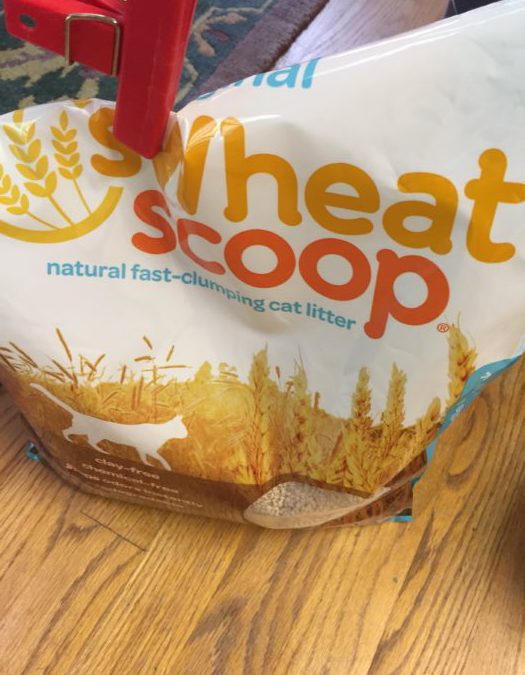I received a call from a business that needed help with their marketing. This company’s product development team came up with a new product, and their brand manager is ready to launch it. They asked if I can help the company with the marketing.
I politely informed them that this was ass-backwards. You don’t create something and sell it. It rarely works that way.
Marketing works when you understand a community, a segment of people, a group of possible customers who have needs. Then you develop products to serve them. Adding marketing at the end of the process often means you probably don’t understand how your efforts will solve their problem.
Then you develop products to serve them. Adding marketing at the end of the process often means you probably don’t understand how your efforts will solve their problem.
Here is a purrfect example.
The Scoop on New Product Development
My wife and I have had cats in our house for forty years. We love our cats but always hated clay litter. We particularly disliked not being able to flush the waste down the toilet versus throwing it into the trash and eventually in a landfill. Also, clay litter is not a very environmentally friendly product to create.
More than twenty years ago, a family from Detroit Lakes, Minnesota was equally annoyed with that problem and set out to create a litter that would be safer for cats, people, and the environment. These “product managers” or entrepreneurs, were keenly aware of a problem from a particular community of people (and cats).
The family who created sWheat Scoop were part of a community of households who had cats and were unsatisfied with the clay litter products on the market. They solved a particular problem that they and other cat-owners had with litter.
Through word of mouth marketing, veterinarians began telling their clients about this wonderful new litter that was better for the cats, the environment and the people who take care of the cats. My wife and I learned about it from our vet, not an ad or any other form of marketing. It was a reliable source (vets) doing the marketing for the product, by spreading the story of cat litter made from wheat.
Traditional clay litter gets processed through strip mining. Strip mining means the removal of trees, shrubs, and wildlife to access buried deposits of the valuable materials underneath. Strip mining is incredibly disruptive to plant and animal life in the area, and pollution issues are prevalent. Also, traditional litter contains hazardous chemicals like sodium bentonite and crystalline silica. Conversely, sWheat Scoop is farmer grown, ground up and then bagged for purchase. Made of wheat as the name implies, sWheat is different.
Challenges for Product Managers
- Are you starting with a community and making products for them? If not, your chance of success is dismal.
- How much do you understand the pains, problems, and frustrations of those you want to sell (and serve).
- Can you create a product that will be embraced by this community and that they will share with other community members?
Marketing starts by listening, participating and getting involved with a distinct community. Don’t try and bolt on marketing as you start to sell something new. You can’t slap marketing on at the end of the project by spending money trying to convince people to buy something that doesn’t meet a job they need to accomplish.
Find a target audience, understand their pain and create a product that solves their problems.
Meow.
Shazmina, our 1-year old Persian Tortie and I would be happy to speak with you about your product development process. Scoop up your phone and text me at 919 720 0995 to set up an appointment or email me at jeffreylynnslater@gmail.com





